Inventions
Edible Tape
A group of students at Johns Hopkins recently invented edible tape for burritos. They're calling their invention Tastee Tape.
I thought edible tape was a pretty old idea, and some searching quickly pulled up prior examples of it. But despite the idea being around for a while, I've never seen edible tape in a supermarket. So perhaps the Johns Hopkins version of it will be the one to catch on.
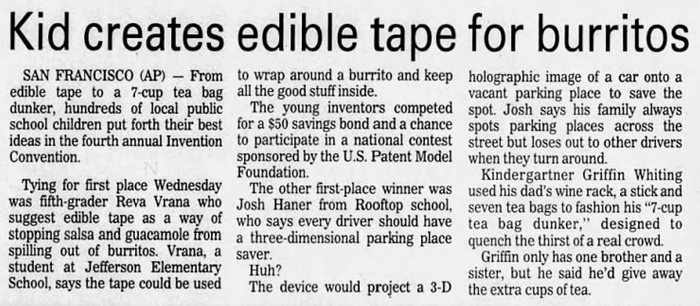
San Luis Obispo Tribune - Apr 13, 1991

Honolulu Star Bulletin - Sep 2, 1950
Posted By: Alex - Mon May 16, 2022 -
Comments (2)
Category: Food, Inventions
The Humor of Regis Cordic
Wikipedia entry for Regis Cordic.
Posted By: Paul - Wed Apr 27, 2022 -
Comments (0)
Category: Aliens, Humor, Parody, Satire, Inventions, Radio, Advertising, 1950s, 1960s, Alcohol
Pinboard Animation: “The Nose”
This cartoon is pretty great. But when you consider how it was made...
Posted By: Paul - Wed Mar 30, 2022 -
Comments (1)
Category: Eccentrics, Excess, Overkill, Hyperbole and Too Much Is Not Enough, Inventions, Cartoons, Twentieth Century
Electroplating Corpses
Hugo Gernsback, the father of modern science fiction, offers a new mode of embalming.Source.
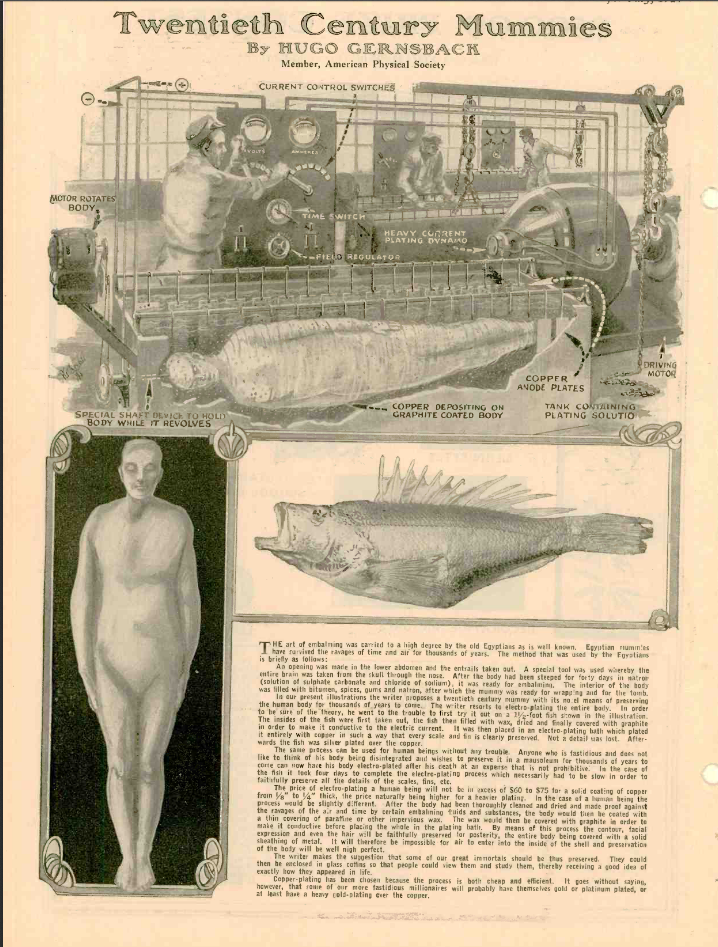
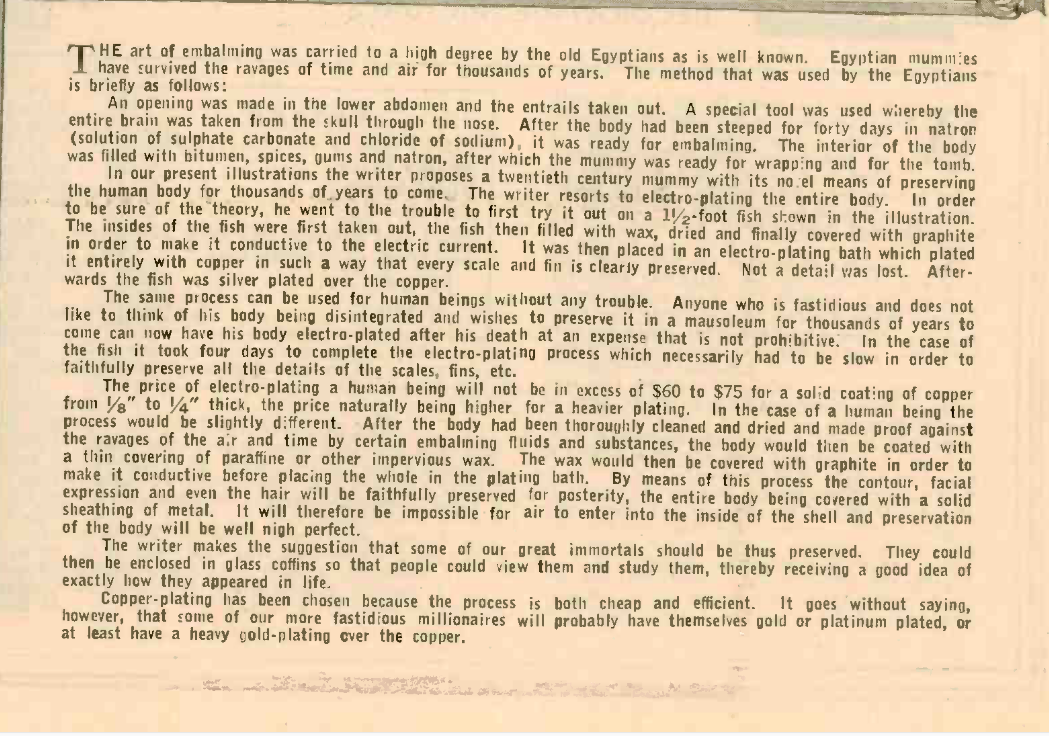
Posted By: Paul - Tue Mar 29, 2022 -
Comments (1)
Category: Death, Inventions, Cemeteries, Graveyards, Crypts, Mortuaries and Other Funereal Pursuits, 1920s
The IEV X
Driver's butt is in passenger's crotch. Got it.
Posted By: Paul - Mon Mar 21, 2022 -
Comments (3)
Category: Inventions, Chindogu, Unwanted Intimacy, Close Quarters and Tight Squeeze, Cars
Frances Gabe’s Self-Cleaning House
Frances Gabe had a vision of putting an end to housework. No more dusting or vacuuming. All a homeowner would have to do would be to push a button and the house would clean itself, as if the entire structure was a giant dishwasher.Of course, this meant that everything in the house had to be waterproofed. But it also meant that the actual dishwasher and clothes washer became redundant. Just hang dirty clothes in the closet and stack dishes in a cabinet — they'd get washed along with the rest of the house.
Gabe offered two stories for how she came up with the concept of the self-cleaning house. The first was that, as a newly married young woman, she once noticed a jam stain on the wall. Instead of scrubbing it off she decided to get a hose and sprayed it off.
The second story involved divine inspiration. After divorcing her husband she said that she was sitting, feeling despondent, and praying to God to provide her with some purpose to keep her going. Suddenly two angels appeared on her shoulders. And then, she said, "I picked up a pencil and began scribbling. I thought I was just doodling. Then I stopped and looked, and there was the self-cleaning house."
She received a patent (No. 4,428,085) for the self-cleaning house in 1984. She also transformed her own house in Newberg, Oregon into a prototype. From what I can gather, she never managed to make the entire house self-cleaning, but the kitchen could clean itself.
When she was alive she would offer tours of the house, but she died in 2016, and the new owners of the house haven't maintained its self-cleaning features.
Incidentally, Gabe was an invented name, so it's not what appears on her patent. Her full name, when married, was Frances Grace Arnholtz Bateson. She constructed 'Gabe' out of her initials.
More info: mit.edu, wikipedia
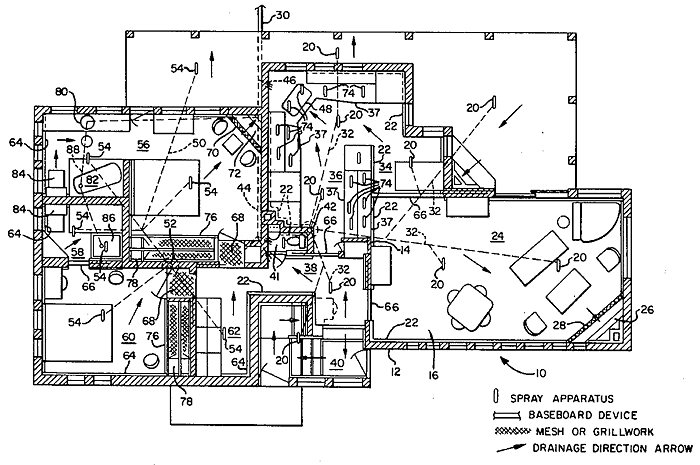
Posted By: Alex - Wed Feb 09, 2022 -
Comments (6)
Category: Architecture, Inventions, Patents, Baths, Showers and Other Cleansing Methods
The Golden Age of Patents
Alex is a master at finding oddball inventions that received a patent. Surely one of his spiritual ancestors must have been Wallace Peck, who did a humorous book that imagined such inventions.You can read the whole text here.
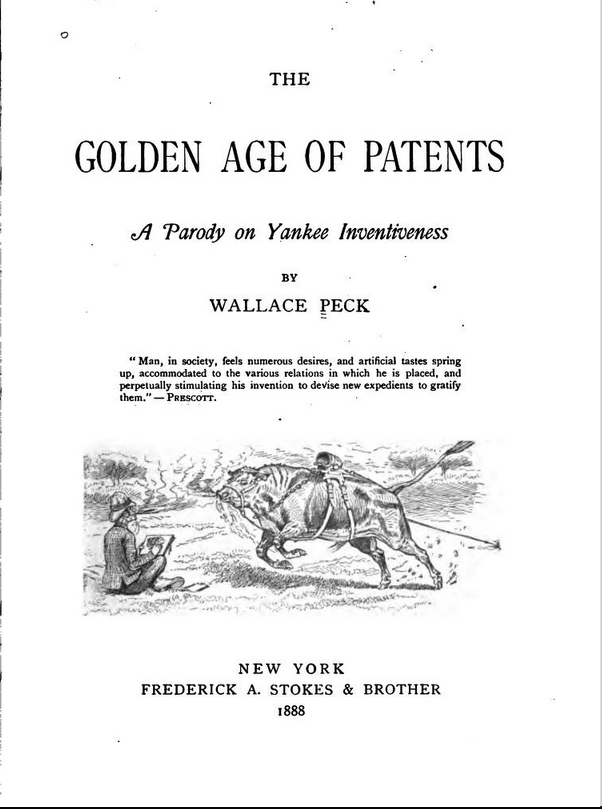
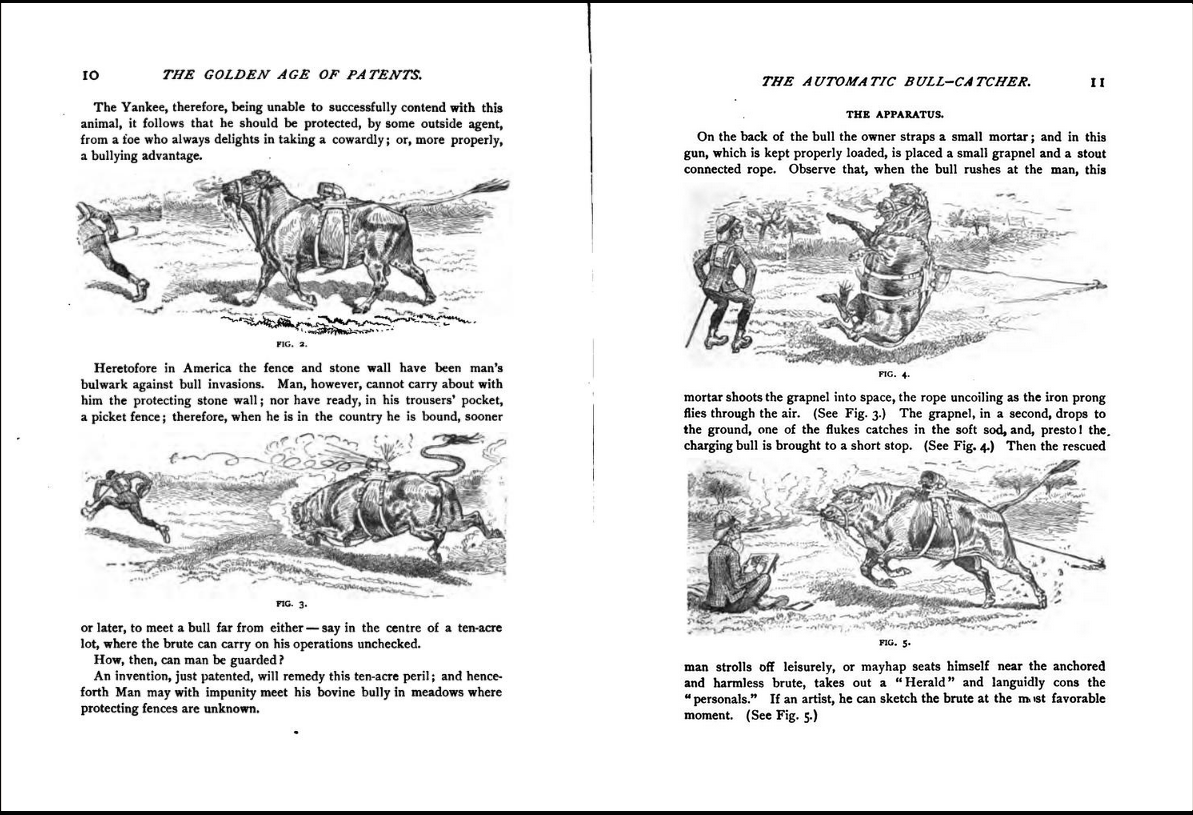
Posted By: Paul - Sun Jan 30, 2022 -
Comments (0)
Category: Humor, Inventions, Patents, Books, Nineteenth Century
Taste-O-Vision
A Japanese researcher, Homei Miyashita, has created a screen that, when licked, imparts the flavors of food. From Reuters:Miyashita explains that he "hopes to make a platform where tastes from around the world can be downloaded and enjoyed by users, much like music is now."

Posted By: Alex - Fri Jan 14, 2022 -
Comments (3)
Category: Food, Inventions, Technology
Secret Shoulder Straps
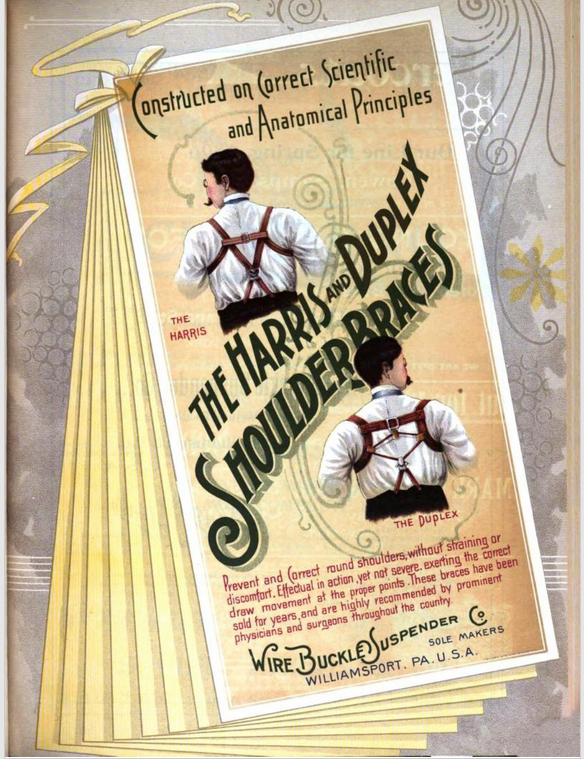
Source.
Posted By: Paul - Sun Jan 09, 2022 -
Comments (2)
Category: Body Modifications, Fashion, Inventions, Nineteenth Century
The Microsoft Hinged Box
Microsoft received its first patent in 1986 (Patent No. 4,588,074). By this time it was already a huge company, having released Microsoft Windows the previous year. But its first patent wasn't for anything related to computers or software. Instead, it was for a kind of hinged box designed to store and support books and articles.It then didn't receive any more patents for another two years.
I'm curious about the backstory of this hinged box. What inspired its invention? Did Microsoft ever attempt to manufacture or sell it? And why did the company feel compelled to patent it?
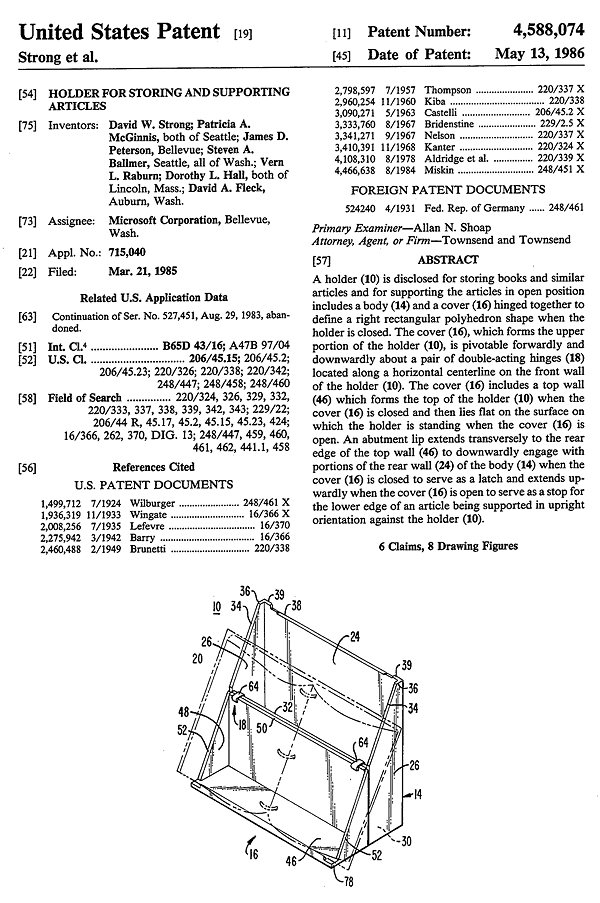
Posted By: Alex - Thu Jan 06, 2022 -
Comments (2)
Category: Inventions, Patents, Technology, 1980s

| Who We Are |
|---|
| Alex Boese Alex is the creator and curator of the Museum of Hoaxes. He's also the author of various weird, non-fiction, science-themed books such as Elephants on Acid and Psychedelic Apes. Paul Di Filippo Paul has been paid to put weird ideas into fictional form for over thirty years, in his career as a noted science fiction writer. He has recently begun blogging on many curious topics with three fellow writers at The Inferior 4+1. Contact Us |




